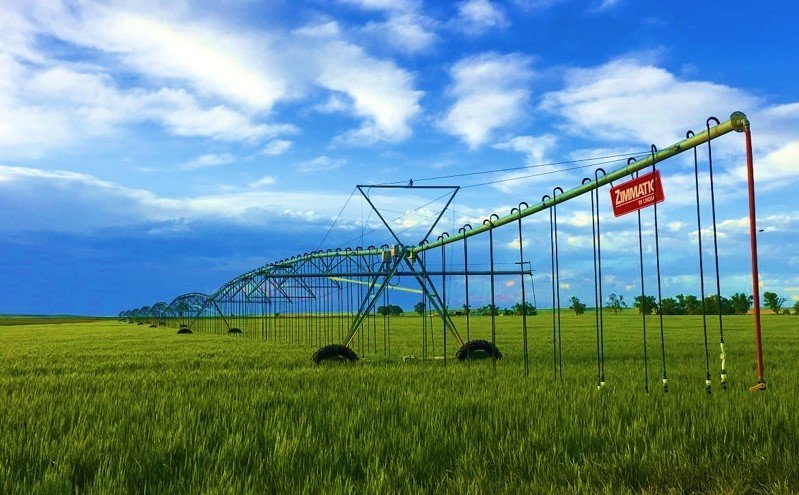
Rule 10 Plans
The State Engineer filed the “Compact Rules Governing Improvements to Surface Water Irrigation Systems in the Arkansas River Basin in Colorado” (”Irrigation Improvement Rules”) on September 30, 2009. These rules were established to prevent a violation of Article IV-D of the Arkansas River Compact as a result of the decreased return flows attributable to the use of certain surface irrigation improvements. The State Engineer determined that improvements to surface water irrigation systems, such as sprinklers and drip systems that replace flood and furrow irrigation, or canal lining have the potential to decrease the amount of return flows that historically occurred prior to the improvement being installed.
These Rules went into effect on January 1, 2011. They require the owner of a sprinkler, drip system, or other surface irrigation improvement to replace the historical return flows that their improvement depletes from the Arkansas River in matching amount, time and place. This can be done through an individual plan using a portion of their own fully-consumable surface water to make replacements (Rule 8 Plan) or through a group plan using other fully-consumable water sources (Rule 10 Plan). The Rule 10 Plan group option was allowed by the State Engineer to provide a more cost effective way for farmers to stay in compliance with the Rules.
The Lower Ark District was heavily involved during the creation of the Rules to ensure that they weren’t overly burdensome to farmers. Subsequently, the District was asked to create and manage the first Rule 10 Compact Compliance Plans on behalf of the farmers. The District agreed and has provided this group plan option (Rule 10 Plan) to farmers since the Rules went into effect.
